Available 24/7
Keeps courtyards and sidewalks clean, replacing overflowing trash bins.
Envac introduced the Mobile Pneumatic Waste Collection System in the late 1980s as a flexible alternative to its underground Stationary Systems. In this solution, all technology is integrated into the vehicle instead of a fixed terminal, making it ideal for areas where a full stationary system isn’t feasible. Since its launch, thousands of residential areas have adopted this innovative approach.
Today, Envac’s modern collection vehicles feature advanced control systems, enabling drivers to efficiently manage and monitor the collection process directly from onboard control panels. All vehicles now operate on fossil-free fuel, and the goal is to transition to 100% electric-powered units in the near future.
Keeps courtyards and sidewalks clean, replacing overflowing trash bins.
Compared to traditional waste management methods.
Integrated into the same system.
Frees up space for commercial areas, bike storage, and more.

Smartly placed, more hygienic waste chutes for easy disposal.
Users dispose of waste in conveniently placed inlets, located indoors or outdoors, which connect to underground storage tanks via a pipe network. Strategically positioned docking points ensure that collection vehicles do not need to enter residential streets or courtyards, improving safety and accessibility. Waste is collected at regular intervals based on storage capacity, with vacuum trucks using negative pressure to extract and compact the waste. The system also features weight measurement, allowing precise tracking of collected waste for billing purposes. Designed for maximum convenience, it reduces walking distances to disposal points while maintaining cleanliness and organisation. Particularly beneficial in family-friendly areas, it minimises the need for heavy transport within residential zones, enhancing safety. With extensive experience, Envac accurately determines the optimal number of inlets and tank sizes based on waste volumes and collection frequency, ensuring an optimised and sustainable solution.
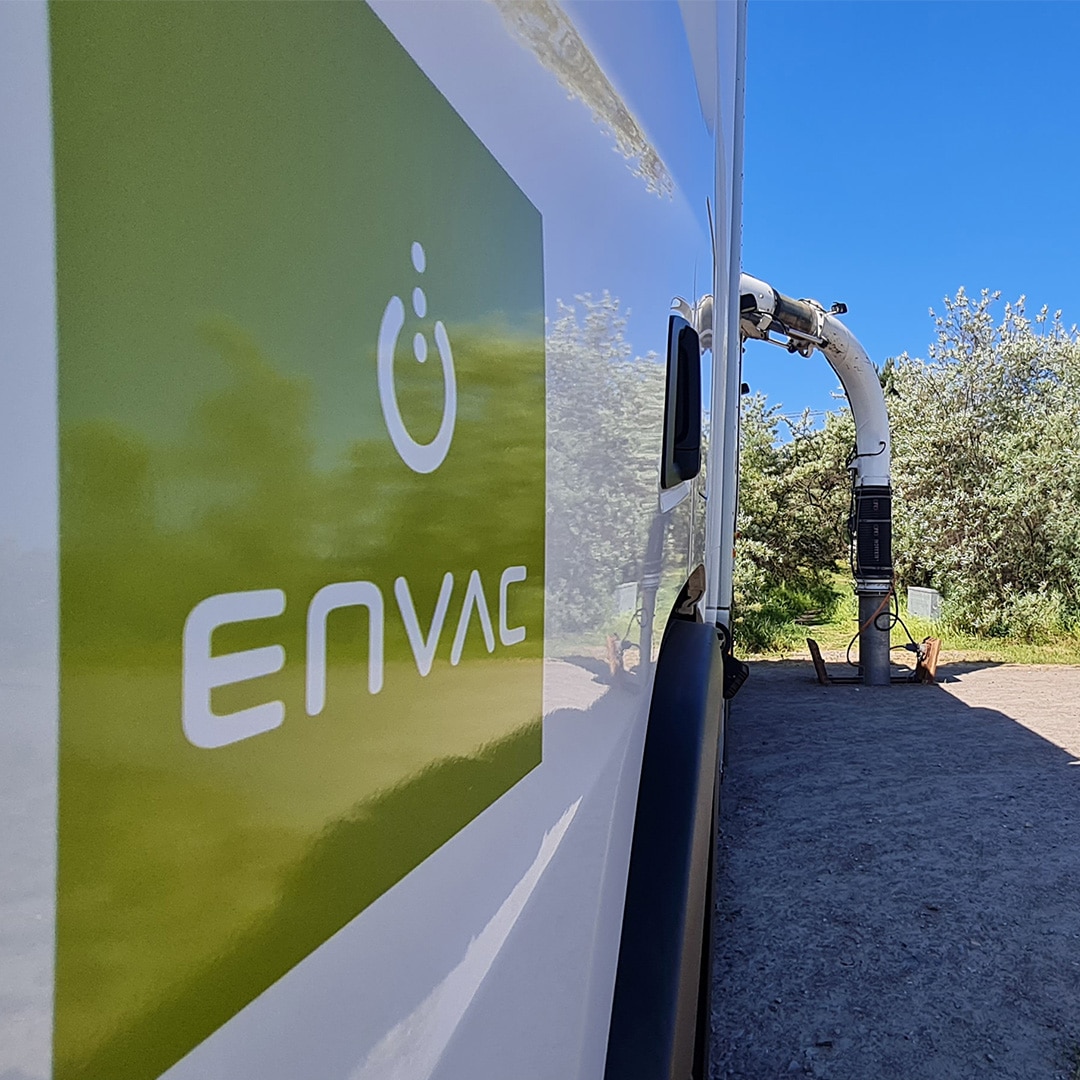
Envac’s Mobile Pneumatic Waste Collection System offers exceptional flexibility, making it suitable for both small properties with as few as ten apartments and large developments with hundreds or even thousands of residences.
It is particularly well-suited for older buildings, including those with basements that can house one or more underground storage tanks. These tanks connect to a docking point outside the building, streamlining waste collection without disrupting the surrounding area. In many cases, existing waste chutes can also be seamlessly integrated into the system, enhancing efficiency while preserving the building’s original infrastructure.

As cities become more densely populated, the need for green spaces grows. These areas improve urban resilience and the quality of life for both residents and visitors.
In a smart city, waste management is moved underground, reclaiming valuable surface space for people, children, and cyclists. Envac’s advanced waste collection system eliminates the need for traditional bin storage, large recycling stations, and frequent waste truck routes, replacing them with smart, efficient waste chutes that contribute to a cleaner, more sustainable urban environment.

Smart cities prioritise resource efficiency, ensuring that recycling is easy and accessible. Waste that cannot be recycled is instead repurposed for energy production or composting, minimising environmental impact.
Envac’s waste collection system is user-friendly and designed to manage a wide range of recyclable materials. Non-recyclable waste is efficiently converted into electricity, district heating, or compost, supporting a cleaner, more sustainable urban environment.

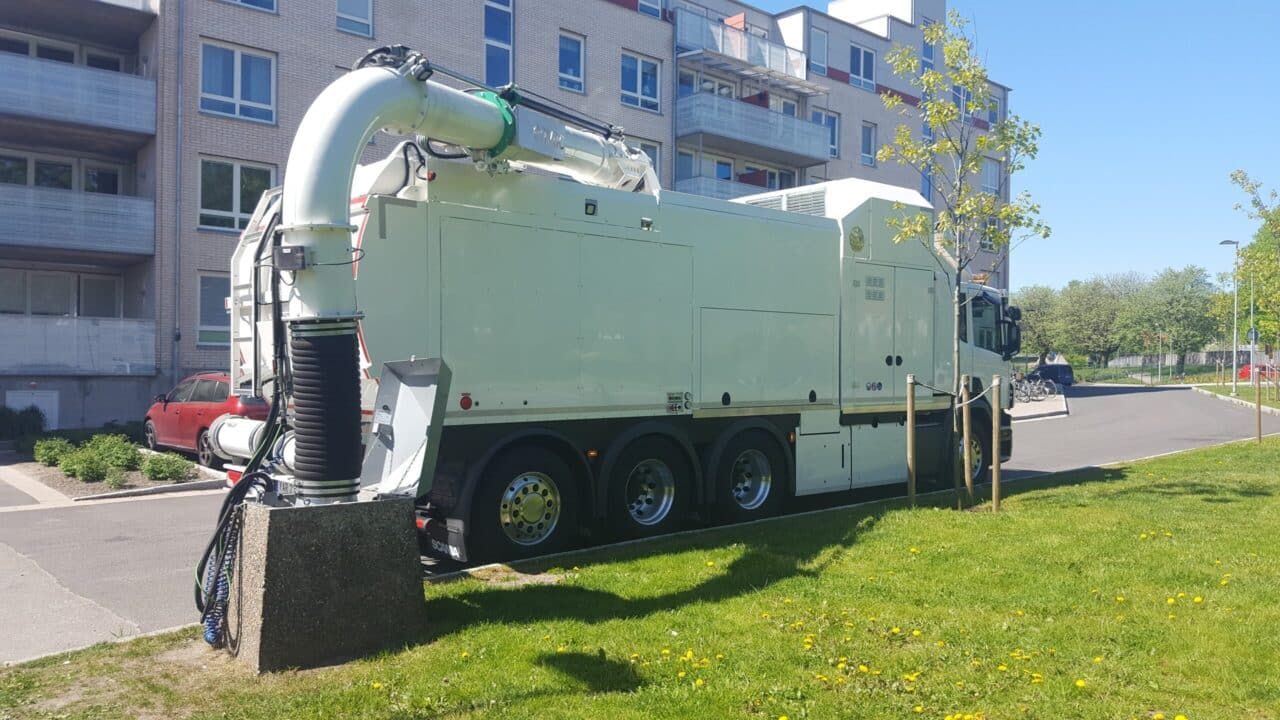
These docking points are positioned in such a way as to ensure that the vacuum truck picking up the waste causes minimal disruption by avoiding gardens, narrow streets and densely populated areas.
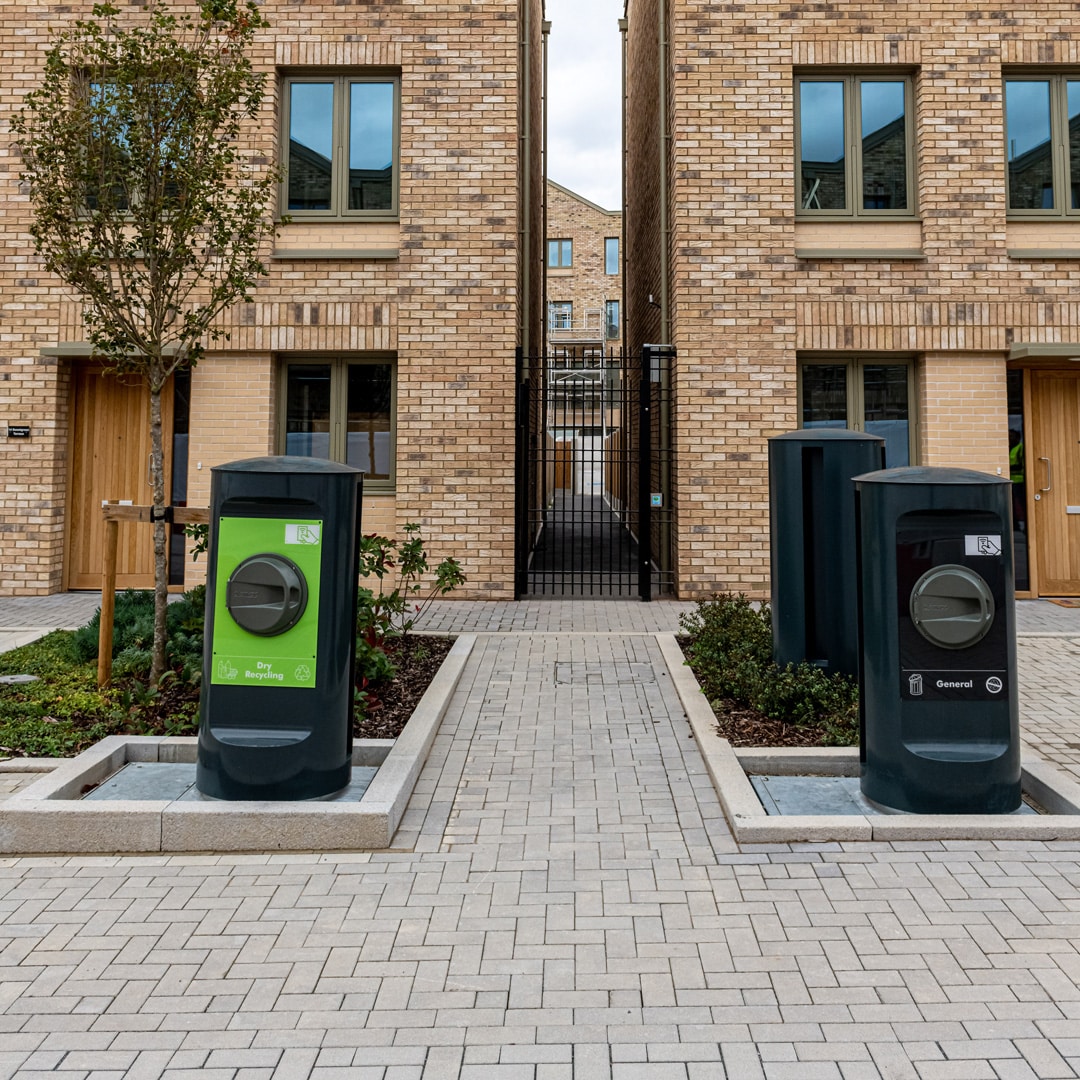
Waste inlets are positioned centrally. Users throw their waste bags into readily accessible waste inlets located either indoors or outdoors. The waste is then stored in closed underground screw tanks, which are linked together with docking points by a network of underground pipes.
The underground tanks are emptied regularly depending on the amount of waste discarded and the storage capacity of the screw tanks. The vacuum truck, which empties the tanks via the docking points, creates a vacuum in the pipe system. Once this vacuum has reached a required level the waste is sucked seamlessly out of the screw tanks, through the pipe system and into the vacuum truck, where it is compressed.
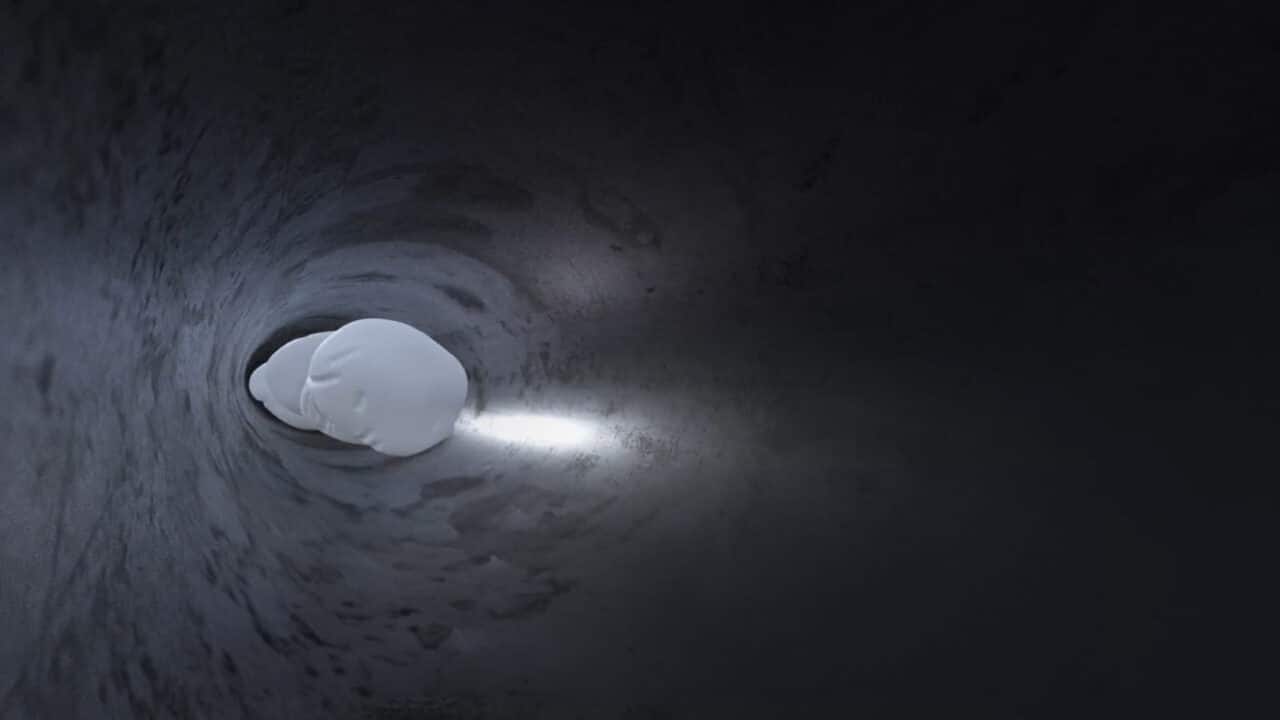
The waste is transported from the tank to the vacuum vehicle at a rate of 70 km/hour.

When the waste reaches the truck, it is separated from the air, which is filtered before being released through the truck’s roof. The waste is then compacted into the truck’s container. Up to 80 m3 of waste can be stored in the truck before it needs to be emptied.
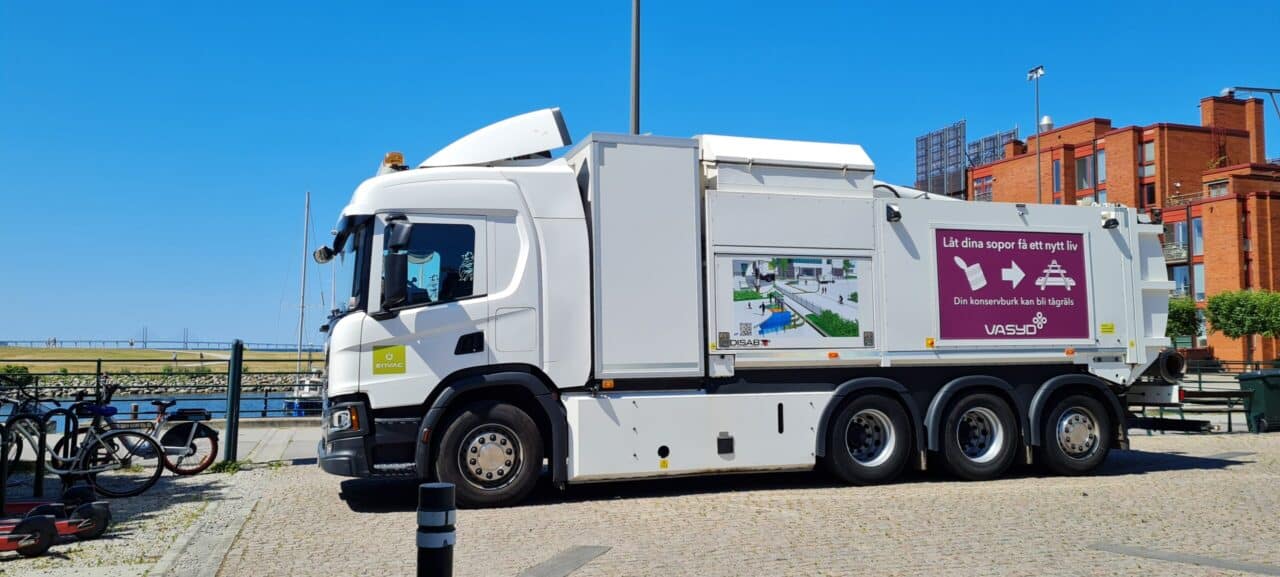
The garbage truck is fueled by either 100% renewable fuel or is fully electric.

During the emptying process, the amount of waste collected per tank is recorded using onboard weight measurement. This data can be used to invoice individual property owners or businesses based on the waste they generate.
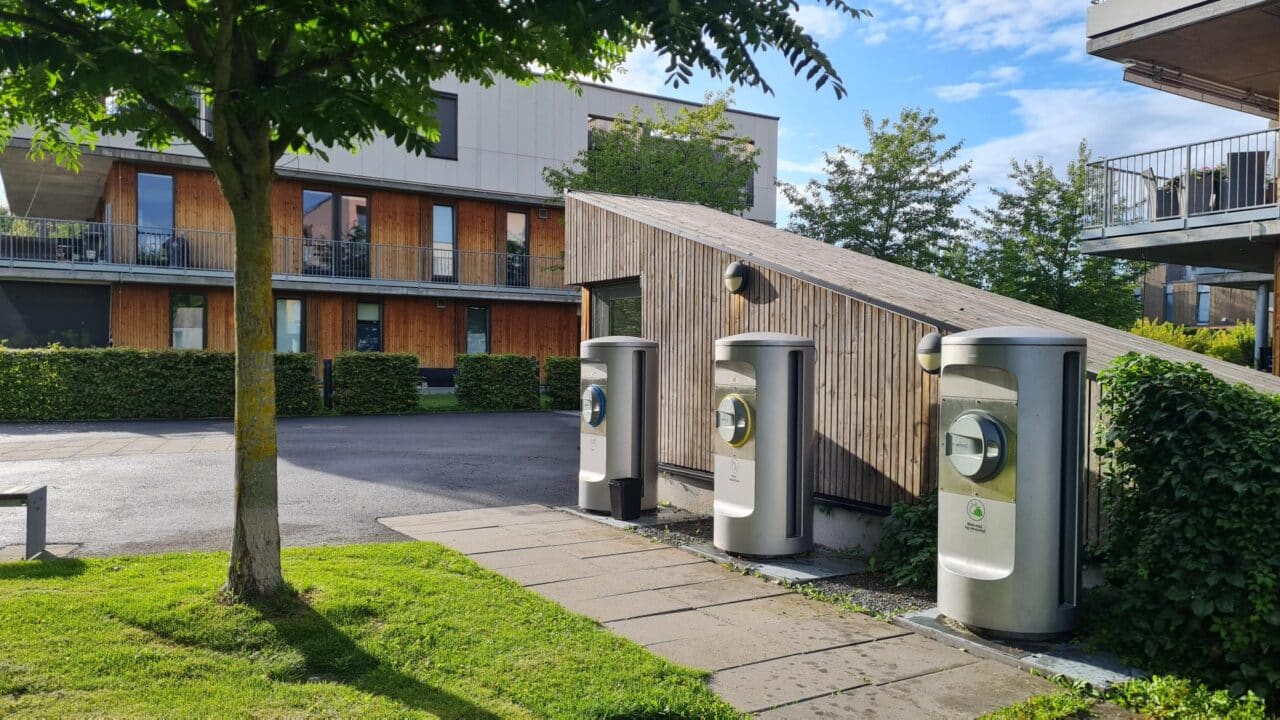
Since the waste chutes are interconnected, the system can be designed with a focus on user comfort and accessibility. Walking distances can be minimized, while centralized chute placement ensures better cleanliness and less littering. This optimization results in happier users and improved recycling rates.

In areas with many families, such as residential neighborhoods, traditional waste management methods pose a risk of accidents. Envac’s mobile system is ideal for such areas, as it reduces the need for heavy vehicles to enter the neighborhood.
The pipes are made of steel.
The pipes are protected with a PE coating. However, corrosion may occur if they are installed in corrosive environments. Regular ventilation reduces the risk of corrosion, providing effective protection and offering a much more cost-efficient solution than using stainless steel pipes.
The pipes are typically installed about one meter below street level.
The incline should not exceed 20° upwards. For shorter distances, the mobile system can handle vertical inclines if necessary. Steeper inclines require a stronger airflow, which increases pipe wear. The maximum incline can vary depending on its location in the system and the distance from the incline to the docking point of the collection vehicle.
Yes, it is often done. Many of our installations are in existing areas. Both outdoor and indoor chutes can be installed. If buildings already have trash chutes, it may be possible to connect them to the system. Installing mobile systems is common in smaller residential buildings with as few as 15 apartments.
The airspeed varies between 18 and 25 m/s, depending on the waste density and transport distance.
The vacuum pressure is typically around 30 kPa, though this can vary between systems.
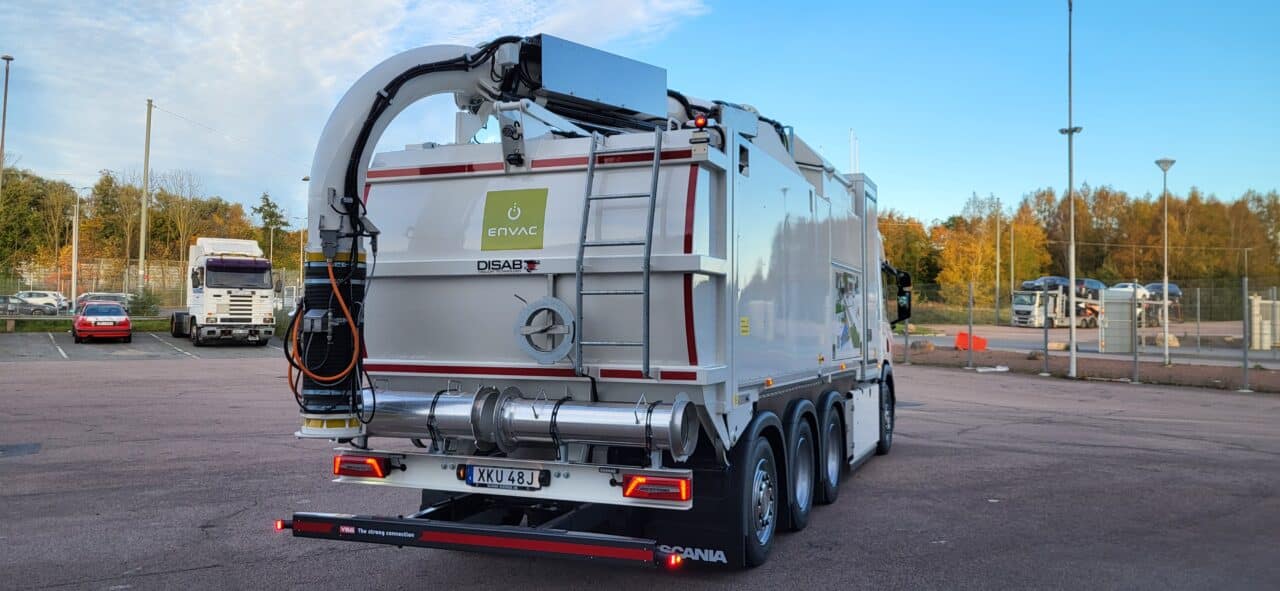
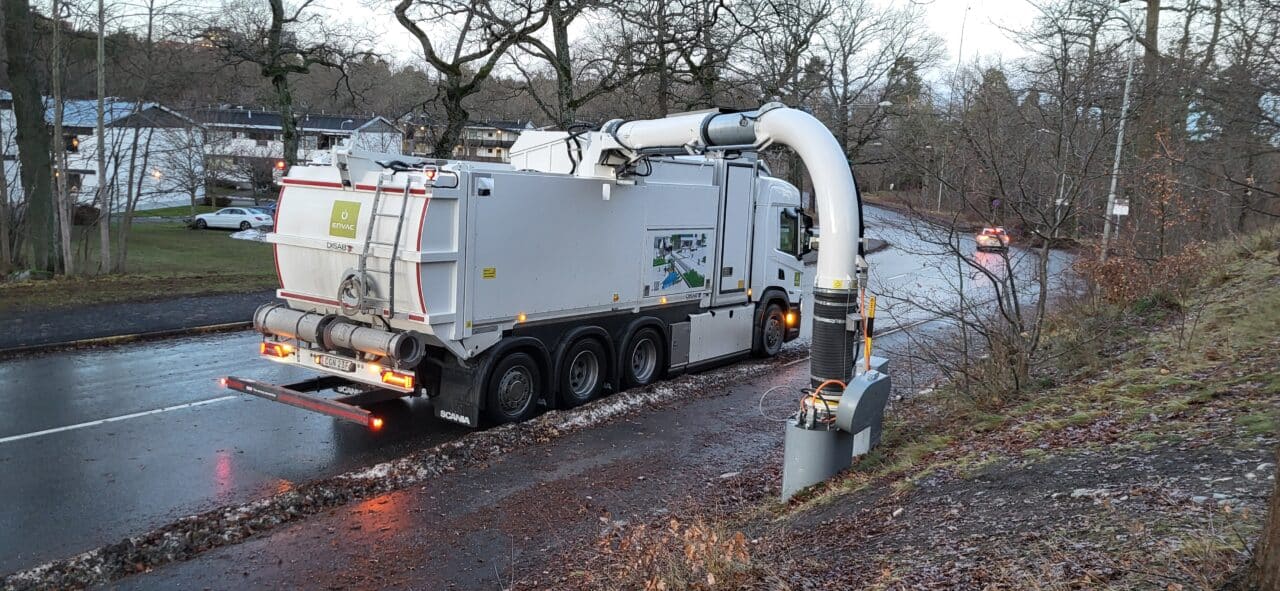

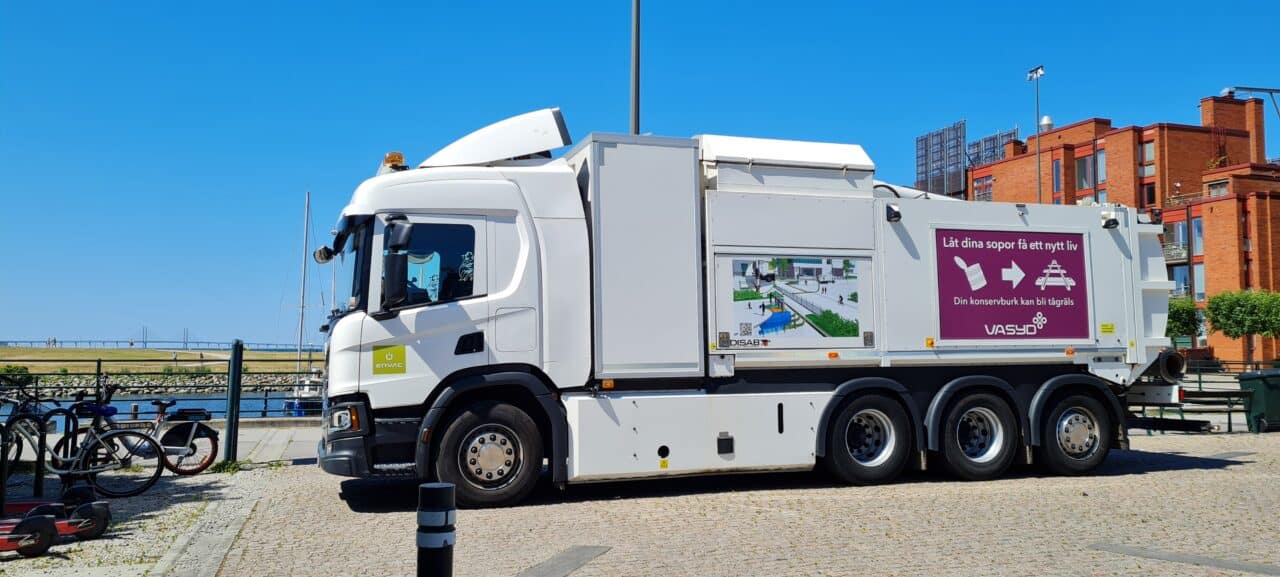
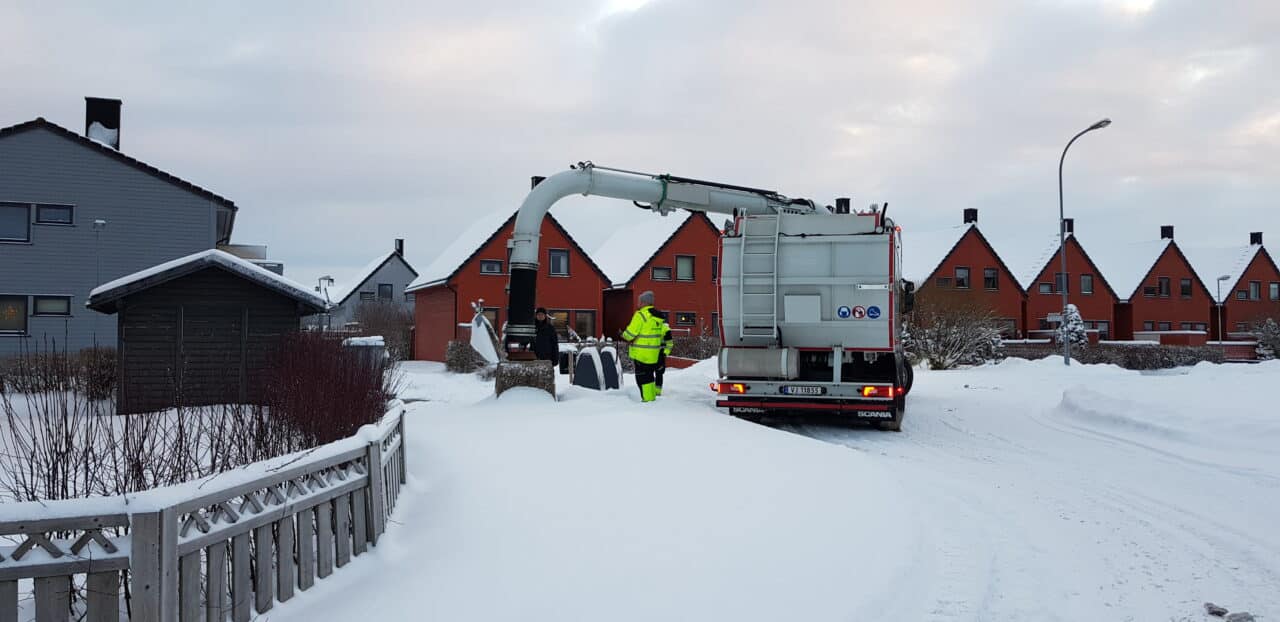
This system is primarily used in residential, city, and mixed/commercial segments, providing efficient and sustainable waste management.